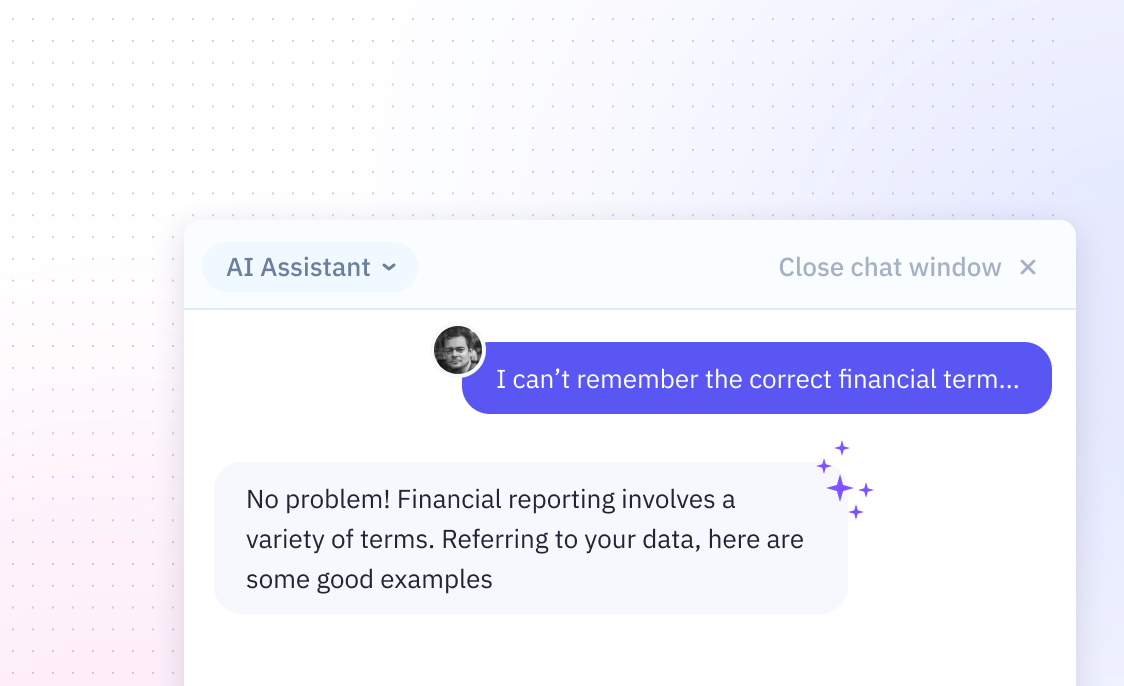
How To Delete Hidden Rows in Excel After Filter
Introduction
Struggling with managing extensive data in Excel? Filtering often leaves behind hidden rows that can clutter your dataset. Understanding how to remove these hidden rows efficiently is crucial for maintaining a clean and accurate spreadsheet.
Whether you are a beginner or an experienced Excel user, this guide will provide you with step-by-step instructions to delete hidden rows after applying a filter. We'll cover the necessary steps to streamline your data management process.
While Excel requires manual steps and functions to manage hidden rows, Sourcetable's AI chatbot can handle any spreadsheet task through simple conversation, from data analysis to visualization. Skip the tedious Excel processes and try Sourcetable to instantly solve any spreadsheet challenge with AI.
How to Delete Hidden Rows in Excel After Filter
Using Inspect Document Tool
To delete rows not shown after applying a filter in Excel, use the 'Inspect Document' tool. This tool removes all hidden rows and columns, ensuring that only your filtered results remain. It is efficient for large tables with thousands of rows and maintains complex formulas and graphs.
Copying Filtered Results to a New Sheet
Another method is to copy the filtered results to a new sheet and then delete the original sheet. This approach guarantees that your formulas and graphs remain intact, and you send a reduced file size.
Sorting by a Temporary Column
Create a temporary column next to your data, marking the filtered rows. Sort by this column to group all unfiltered rows together for easy deletion. This prevents disrupting other sheets in your workbook and keeps your complex dependencies secure.
Why Learn to Delete Hidden Rows in Excel After Filtering?
Understanding how to delete hidden rows in Excel after filtering is crucial for data management and spreadsheet organization. This skill prevents data loss and ensures accurate analysis when working with large datasets.
This technique helps reduce file size by removing unnecessary data permanently rather than just hiding it. Smaller file sizes lead to improved Excel performance and faster calculations.
Mastering hidden row deletion after filtering saves time compared to manually deleting rows one by one. This efficiency is especially valuable when handling spreadsheets with thousands of rows.
The ability to delete filtered rows helps maintain data cleanliness by removing outdated, duplicate, or irrelevant information. Clean data is essential for accurate reporting and analysis.
Use Cases for Deleting Hidden Rows After Filtering in Excel
Streamline Data Analysis Process
When working with large datasets, filtering helps identify relevant information, but the hidden rows still exist in the background. By removing these hidden rows, analysts can work with a cleaner, more focused dataset that contains only the pertinent information needed for their analysis.
Create Clean Stakeholder Reports
When preparing reports for stakeholders, it's crucial to present only relevant data. Deleting hidden rows after filtering ensures that when sharing spreadsheets, recipients won't accidentally unhide rows containing information that wasn't meant to be included in the final report.
Improve Data Visualization Clarity
Charts and graphs can become cluttered or inaccurate when hidden rows are present. Removing these hidden rows ensures that visualizations are based only on the data you want to display, resulting in clearer and more accurate visual representations.
Optimize Spreadsheet Performance
Large spreadsheets with numerous hidden rows can slow down Excel's performance. By permanently removing hidden rows after filtering, you can reduce file size and improve the overall speed and responsiveness of your workbook.
Enable Clean Data Export
When exporting Excel data to other applications or formats, hidden rows may unexpectedly appear in the exported file. Deleting these rows ensures a clean export that contains only the desired data, preventing any confusion or errors in downstream processes.
Excel vs. Sourcetable: The Future of Spreadsheets
Excel has been the go-to spreadsheet software for decades, but it requires extensive knowledge of functions and features to be productive. Sourcetable revolutionizes spreadsheet work by introducing an AI-powered interface where you simply chat with an AI assistant to accomplish any spreadsheet task.
Natural Language Interface
While Excel demands manual formula writing and feature navigation, Sourcetable lets you create spreadsheets, analyze data, and generate visualizations through simple conversation with its AI chatbot.
Data Processing Capabilities
Excel struggles with large datasets and requires specific formatting. Sourcetable handles files of any size and connects directly to databases, processing your data instantly through AI-powered analysis.
Ease of Use
Excel's learning curve involves memorizing hundreds of functions and shortcuts. Sourcetable eliminates this complexity - simply describe what you want to accomplish, and the AI creates the solution for you. Ready to transform your spreadsheet experience? Try Sourcetable now to get instant answers to any spreadsheet question.
Frequently Asked Questions
How do I delete hidden rows in Excel after applying a filter?
First, filter the table to show only the rows you want to keep. Then clear the filter. After that, select all rows that you no longer want, right click and select delete.
What's the color method to delete hidden rows in Excel?
Select the rows you want to keep and change their background color. Clear the filters, then use the filter by color option to select the rows to delete. Finally, press Ctrl- to delete the rows.
Should I take any precautions before deleting hidden rows in Excel?
Yes, you should backup your file first before proceeding with deleting any hidden rows.
Conclusion
Deleting hidden rows in Excel after filtering can involve multiple steps and specific knowledge of Excel functions.
With Sourcetable, you can skip the complexity and simply ask the AI how to accomplish any spreadsheet task. The built-in chatbot provides instant, clear answers for all your spreadsheet questions.
Try Sourcetable today to streamline your spreadsheet workflow.





